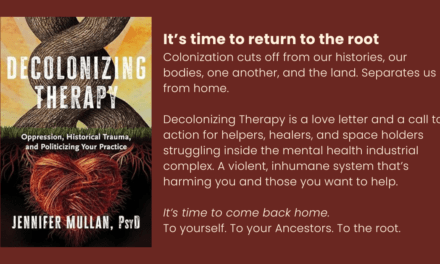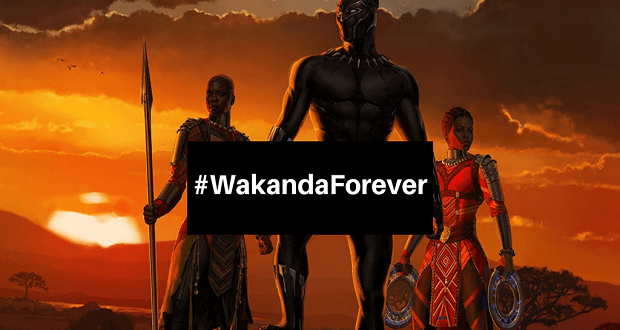
Often when we talk about diversity, equity, and inclusion, we list the common groups: race, ethnicity, gender, and sex. Certainly, everyone deserves equity and inclusion. Yet there is one demographic group frequently left off the list: people with disabilities.
People with disabilities are one of the largest minority groups in the United States. According to the Census on Disability Status, approximately 20% of Americans have one or more diagnosed psychological or physical disabilities, and 49.7 million people have some type of long-lasting condition or permanent disability. People with disabilities are present in all kinds of workplaces. Their contribution of skills, talents, and knowledge to the workplace enhances the strength and diversity of all companies.
People with disabilities are present in all kinds of workplaces. Their contribution of skills, talents, and knowledge to the workplace enhances the strength and diversity of all companies. Share on XGiven how interwoven people with disabilities are in the composition of our nation, the exclusion of disability within the discussion of diversity is a problem. Building a diverse, equitable, and inclusive workforce will not be truly attained without the inclusion of employees with disabilities. Companies must value and appreciate each employee for their individual differences and experiences and be able to apply and benefit from their unique and diverse perspectives. It is possible to successfully build a culture that does not exclude disability from the discourse of diversity, but it does require some forethought.
It is possible to successfully build a culture that does not exclude disability from the discourse of diversity, but it does require some forethought. Share on XIf your company is striving to foster a welcoming culture and climate that is open to the knowledge, ability, and talents of all diversified populations, are these efforts including employees with disabilities? There are several good-faith and meaningful efforts to recruit and retain qualified employees with disabilities that will show commitment to building and sustaining an inclusive culture. Companies can provide several services and resources:
If your company is striving to foster a welcoming culture and climate that is open to the knowledge, ability, and talents of all diversified populations, are these efforts including employees with disabilities? Share on X- Option to Self-Identify Disability Status: an effective method to measure the recruitment and retention of employees with disabilities. While the choice to self-identify as an employee with a disability is entirely voluntary, doing so assists a company by providing a more accurate picture of the diversity represented by the employee population and enables the company to allocate resources to maintain an accessible, inclusive workplace.
- The Interactive Process: a conversation between an employee who has requested a reasonable accommodation and their company. Together, the employee and their company will discuss what can be done to reasonably accommodate the employee to perform the essential functions of their job successfully.
- Emergency Evacuation Planning: developing emergency evacuation plans that integrate the needs of people with disabilities and that can be used in all buildings, old and new.
- Orientation and Mobility Training: a service that assists people with visual limitations to travel safely, confidently and independently in their professional environment.
- Commitment to Digital Accessibility: designing devices, products, services and environments such that people with disabilities or sensory impairments will have inclusivity in the workplace.
If you would like to learn more about how to support an employee with a disability, please contact me at ladawn.robinson@yahoo.com.


















